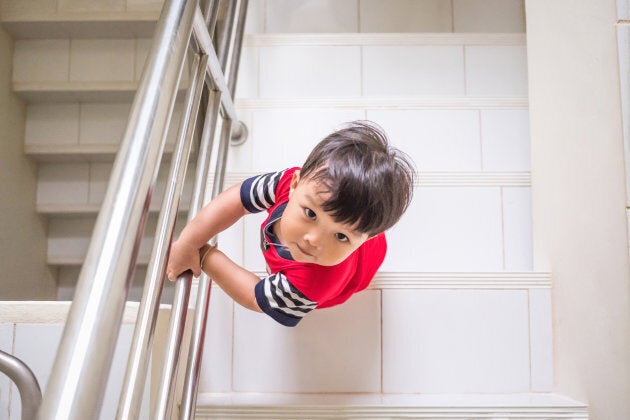Perhaps you've heard your child's teacher use the term "growth mindset." Maybe you have seen posters in their school or classroom. It surfaced in a recent Ministry of Education document. Initially, these terms find their way into ministry jargon without offering parents much by way of explanation. It in no way diminishes the effectiveness of the strategy.
A growth mindset is a way of thinking. It has its roots in scientific research by Dr. Carol Dweck. Its application gives your child the head start in life every parent wants for their kids. If you haven't already, you as a parent will see "growth mindset" used in many ways in education.

A bit about mindsets
Dweck defines two different mindsets — a growth mindset and a fixed mindset — each with a decidedly different outcome for your child.
What is a growth mindset?
Emotional intelligence plays an important part. The single most important aspect of a growth mindset is that your child believes in themselves. They are willing to put in the time to achieve success. With that comes the ability to accept defeat. If "practice makes perfect," then failure along the way is guaranteed. Seeing failure as the springboard to that success frames it as a part of the process, and not as an end in itself.
It requires a combined home-and-school approach.
A fixed mindset is opposite to growth. A person stuck in a fixed mindset gives up easily and sees mistakes as bad. Negative thinking describes a person with a fixed mindset. Reticent and unwilling to try again, life is lived through a much narrower lens.
Understanding a growth mindset is important to you, the parent, for one very important reason. For a growth mindset to have the most positive effect for your child, it requires a combined home-and-school approach. It is a view of life that has lifelong benefits for your child.
How parents can encourage a growth mindset
When kids focus on cultivating a growth mindset, they commit to believing in themselves. They believe they can achieve through practice and perseverance. They give themselves permission to be imperfect and take risks.
There are three ways parents can begin to encourage a growth mindset in their kids.
You can start with discussing their brain and how it works. Kids need to treat their brain like a part of their body that can be strengthened, just like any other muscle. The science is there to support the importance of neuroplasticity.
Catch their attention with this fact — that their brain produces enough electricity to power a lightbulb. Kids love oddball facts like that. Use language they can understand. The neurons in their brains are like bridges. To build a new bridge, learn something new. We know our brain continues to change and develop through adulthood. Remind them they can build those bridges right into old age, so it's a long trip and best to start right now.

Make sure your kids understand mistakes are not the end, but a beginning. Mistakes are not failures. What we did wrong quite often informs what not to do next time. Positive thinking is a choice. Being discouraged by mistakes clouds our ability to see the next steps.
To support a growth mindset we need to be in control of our emotions. Our brains are wired to protect us in times of stress — remember the feeling of wanting to escape just before a test? That was our brain at work in its "flight or fight" mode.
Mindfulness has been found to have a positive effect on stress and anxiety. The use of mindfulness is becoming more commonplace to help kids overcome stress. There are many simple and fun mindfulness activities parents can enjoy with their kids. These activities will give them the strategies to help beat back the stress demons.
Parents can be their best example of a growth mindset in action.
Remember: choice plays a large part in a growth mindset. Choose to believe in your abilities. Choose to see a mistake as a learning experience.
A growth mindset is tied to social emotional learning (SEL). It is about controlling emotions and achieving goals. You want your kids to "Keep Calm and Carry On."
Set your growth mindset in action
There are many examples to help your kids understand how a growth mindset works in real life.
Consider that "Harry Potter" creator J.K. Rowling had her book proposal rejected 12 times. Her continued belief in herself gave the world that gift. Similarly, athletes training for the Olympics wake up every morning believing they will own the podium.
More blogs from HuffPost Canada:
Look around your own life. Talk to your kids about people you admire. Chances are those people have a growth mindset.
For a child, parents can be their best example of a growth mindset in action. Give your kids this solid framework for living and learning.
Have you been affected personally by this or another issue? Share your story on HuffPost Canada blogs. We feature the best of Canadian opinion and perspectives. Find out how to contribute here.
Also on HuffPost: